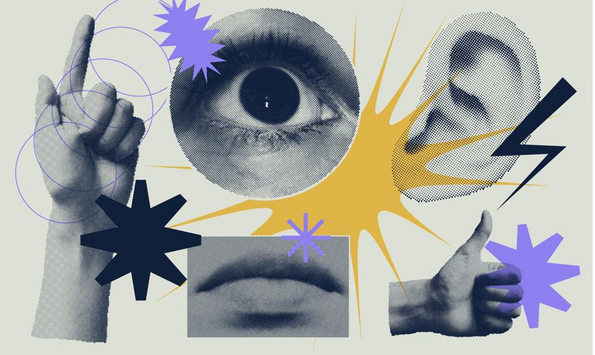Alerts

AI transformation redefines what work is—not just how it’s done. Unlike past shifts such as mobile or cloud, AI doesn’t just automate tasks; it redistributes intelligence across people and systems. That means the question isn’t “Which tool should we deploy?” but “How should humans and AI collaborate?” Organizations that treat AI like another software rollout risk missing its real power: reshaping decision-making, roles, and the very design of work.
The old model—pick a platform, run pilots, train staff—breaks down with AI. Success now depends less on technology and more on human adaptation. As Thomson Reuters’ Chief People Officer Mary Alice Vuicic notes, effective AI transformation happens when technology and talent share ownership. It’s not about efficiency alone; it’s about learning, trust, and shared accountability. Without that, organizations automate processes but stall progress.
To thrive, companies must create what experts call an AI Work Redesign Loop:
Start with outcomes, not activities. Focus on quality, not just speed.
Deconstruct tasks—decide what AI automates, what it augments, and what remains human.
Design collaboration between people and machines.
Measure learning and adaptability, not just output.
This loop helps teams see AI not as a replacement, but as a learning partner that amplifies human capability.
The real value of AI lies in how people grow alongside it. Recruiters become talent architects, analysts become storytellers, and leaders become system designers. When AI handles scale, humans can focus on meaning, empathy, and creativity. The future of AI transformation isn’t automation—it’s collaboration. The organizations that will lead aren’t those that install AI fastest, but those that redesign work to make humans and machines learn together.
𝗦𝗲𝗺𝗮𝘀𝗼𝗰𝗶𝗮𝗹 𝗶𝘀 𝘄𝗵𝗲𝗿𝗲 𝗿𝗲𝗮𝗹 𝗽𝗲𝗼𝗽𝗹𝗲 𝗰𝗼𝗻𝗻𝗲𝗰𝘁, 𝗴𝗿𝗼𝘄, 𝗮𝗻𝗱 𝗯𝗲𝗹𝗼𝗻𝗴. We’re more than just a social platform — from jobs and blogs to events and daily chats, we bring people and ideas together in one simple, meaningful space.